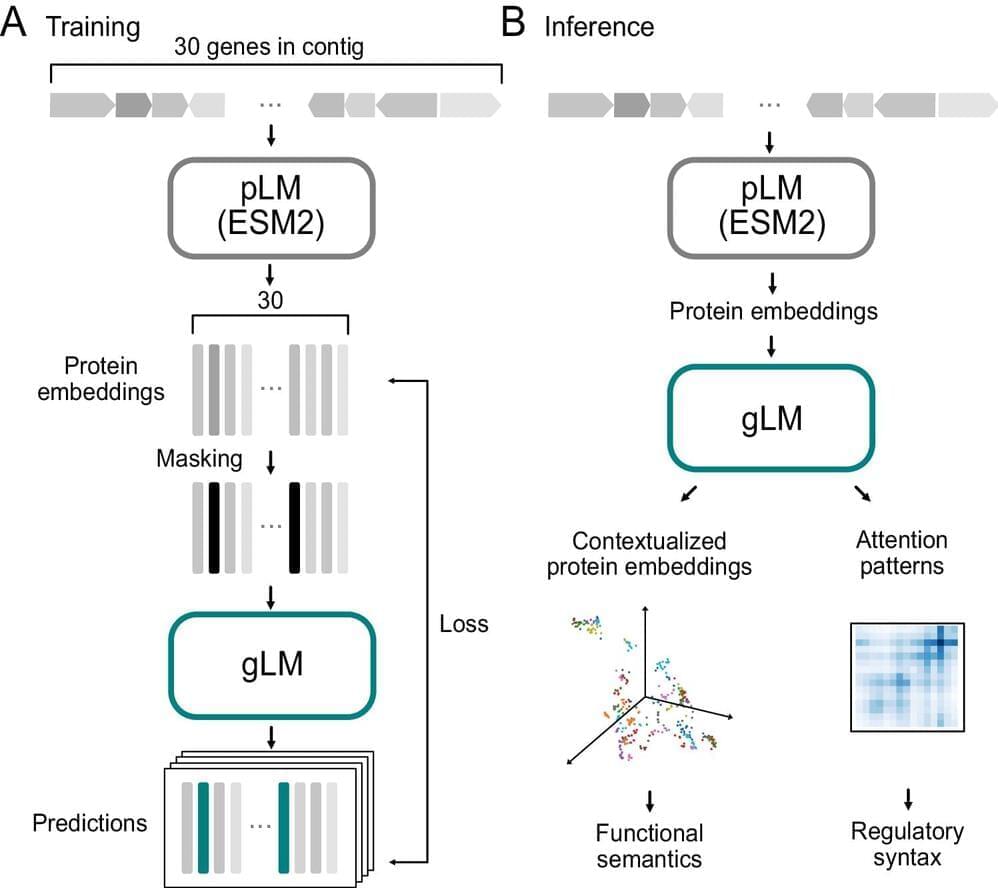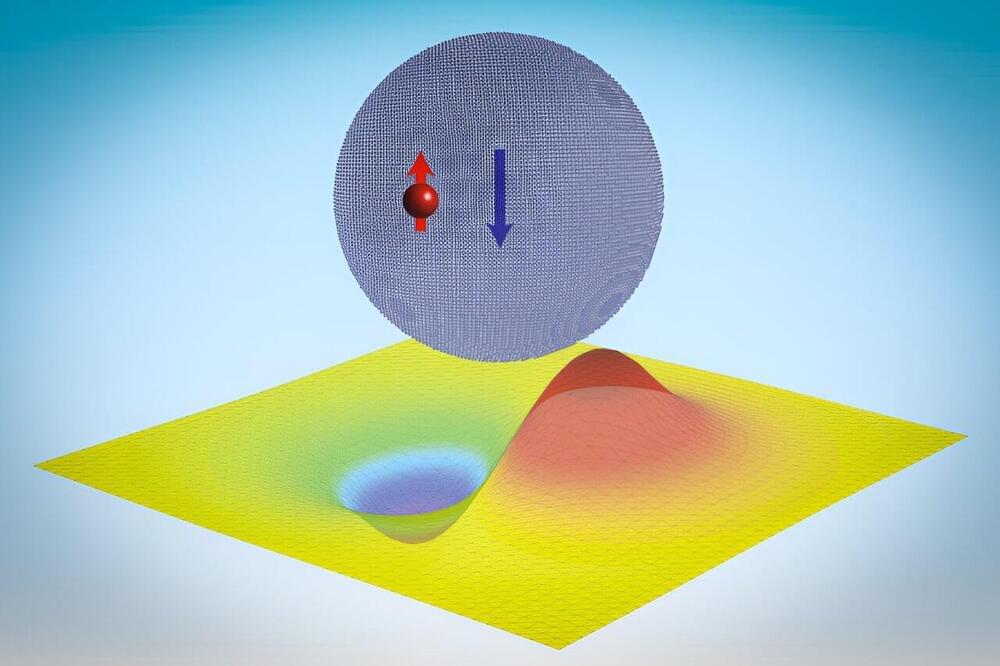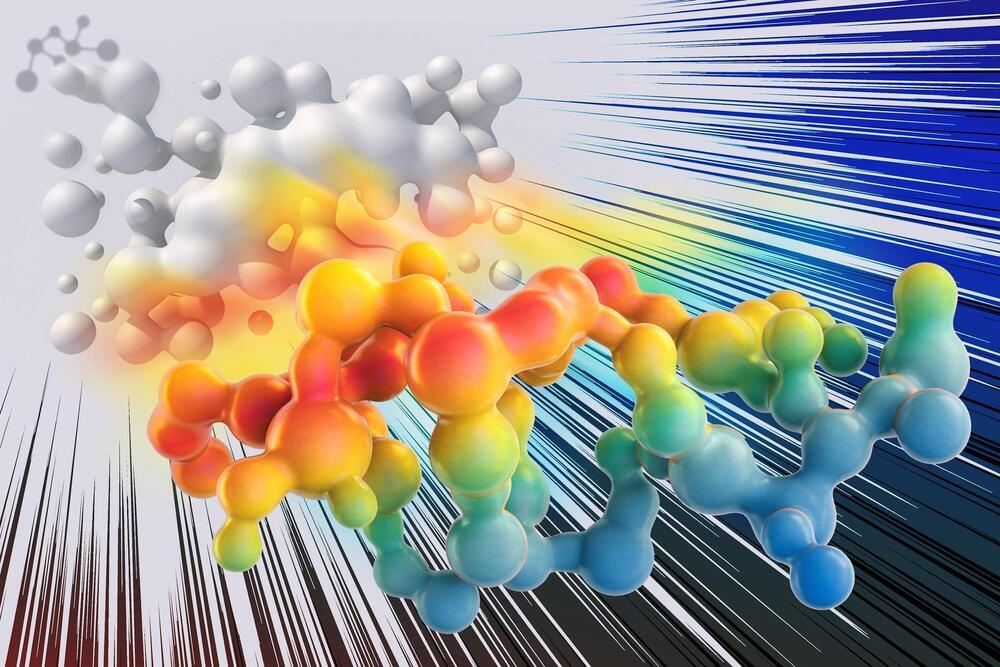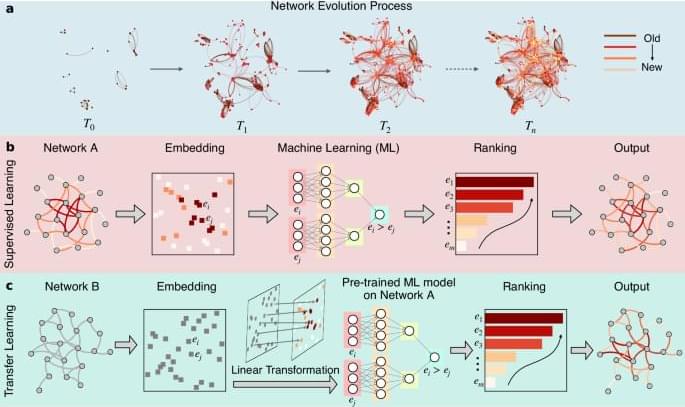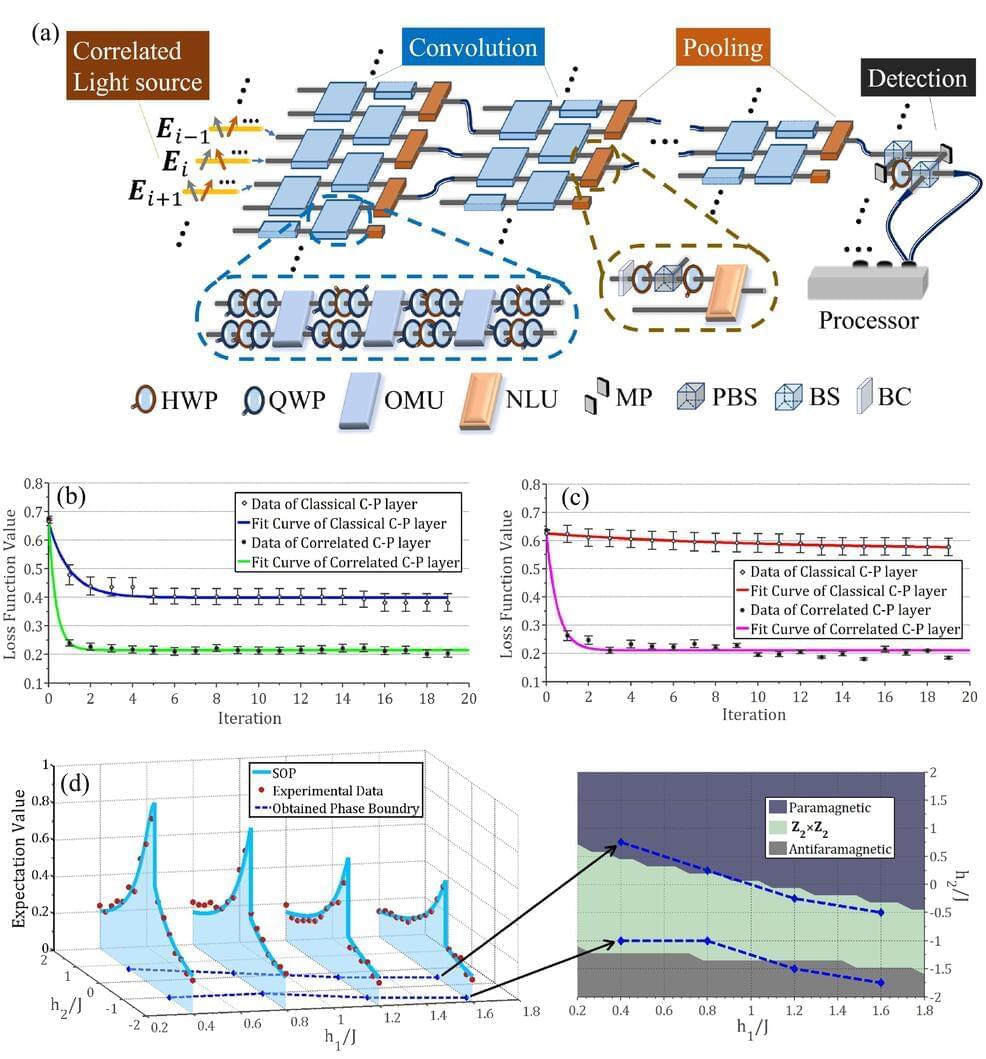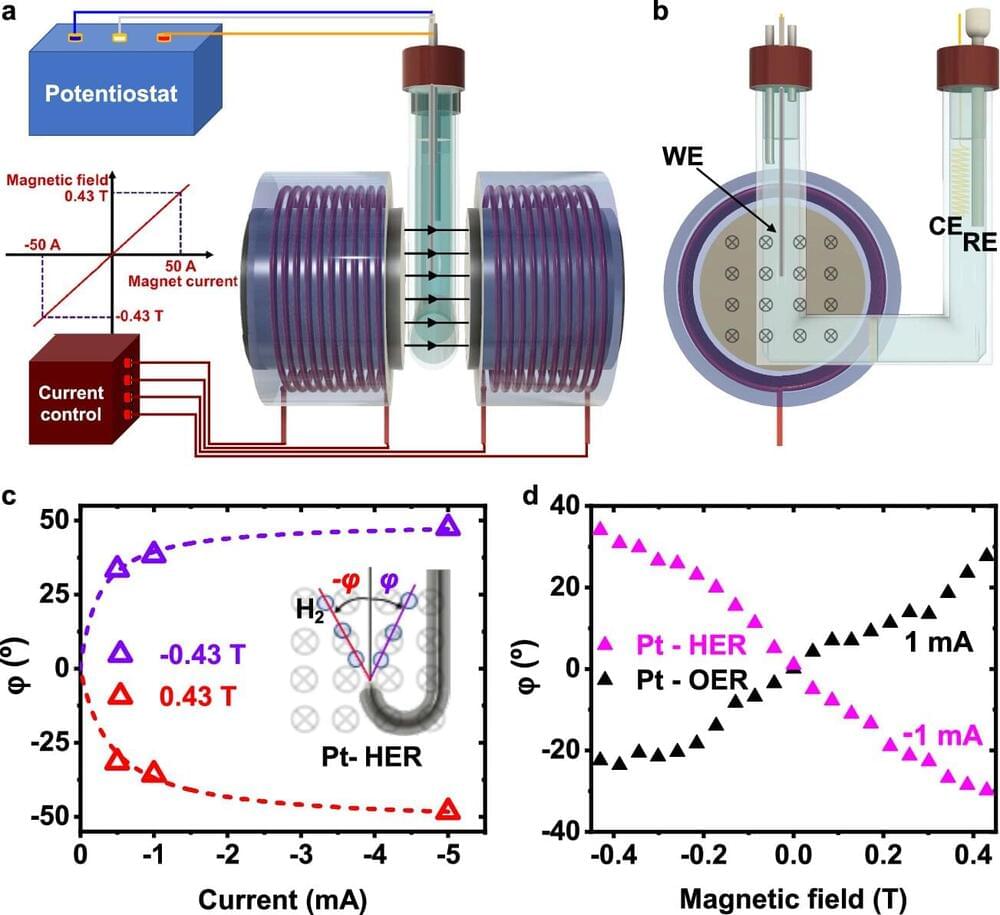People like the veteran computer scientist Ray Kurzweil had anticipated that humanity would reach the technological singularity (where an AI agent is just as smart as a human) for yonks, outlining his thesis in ‘The Singularity is Near’ (2005) – with a projection for 2029.
Disciples like Ben Goertzel have claimed it can come as soon as 2027. Nvidia’s CEO Jensen Huang says it’s “five years away”, joining the likes of OpenAI CEO Sam Altman and others in predicting an aggressive and exponential escalation. Should these predictions be true, they will also introduce a whole cluster bomb of ethical, moral, and existential anxieties that we will have to confront. So as The Matrix turns 25, maybe it wasn’t so far-fetched after all?
Sitting on tattered armchairs in front of an old boxy television in the heart of a wasteland, Morpheus shows Neo the “real world” for the first time. Here, he fills us in on how this dystopian vision of the future came to be. We’re at the summit of a lengthy yet compelling monologue that began many scenes earlier with questions Morpheus poses to Neo, and therefore us, progressing to the choice Neo must make – and crescendoing into the full tale of humanity’s downfall and the rise of the machines.

